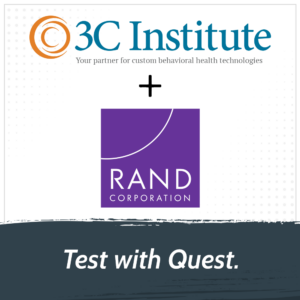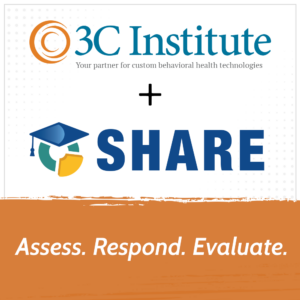RAND, PCANC, and NCSMH Use Quest to Improve Outcomes
Partner Spotlight
Our partners across the globe use Quest to meet their data collection goals.
They know that finding the right data collection platform is hard.
So we made Quest easy.
- Create survey items
- Deploy surveys
- Monitor responses
- Code and visualize data
- Export results
- And more!
Right now, our partners at RAND, Positive Childhood Alliance North Carolina (PCANC), and the National Center for School Mental Health (NCSMH) are using Quest to support critical work in education and systems evaluation.
RAND Uses Quest for Messaging

As the economy changes, educational needs change, too. That’s why RAND is supporting the Ohio Department of Education’s mission to enroll more and more people in manufacturing and IT certification programs.
Quest is a vital part of that mission.
With Quest, RAND is conducting randomized messaging incorporating:
- Branching and skip logic
- Smartphone-friendly design
- Incentive management system
PCANC Uses Quest As a One-Stop Platform

NCSMH Uses Quest to Improve the Screening and Assessment Process

Mental health clinicians need better supports to deliver mental health services and assessments in schools. Fewer than one-third of students who need mental health services receive them, often because screenings are difficult to access and administer.
The Student Health Assessment, Response, and Evaluation System (SHARE) makes this process easier.
By integrating an extensive library of screening measures into Quest, SHARE helps:
- Build assessment plans
- Send assessments to students, parents, and educators
- Monitor student progress

